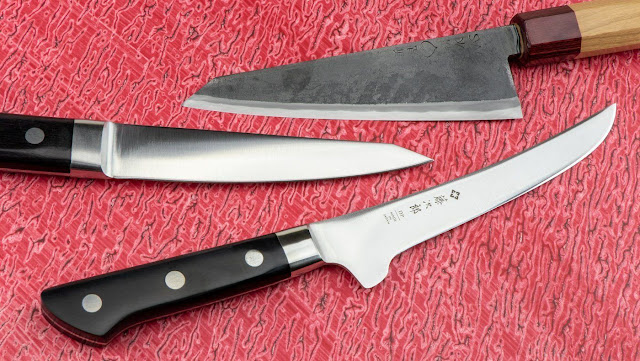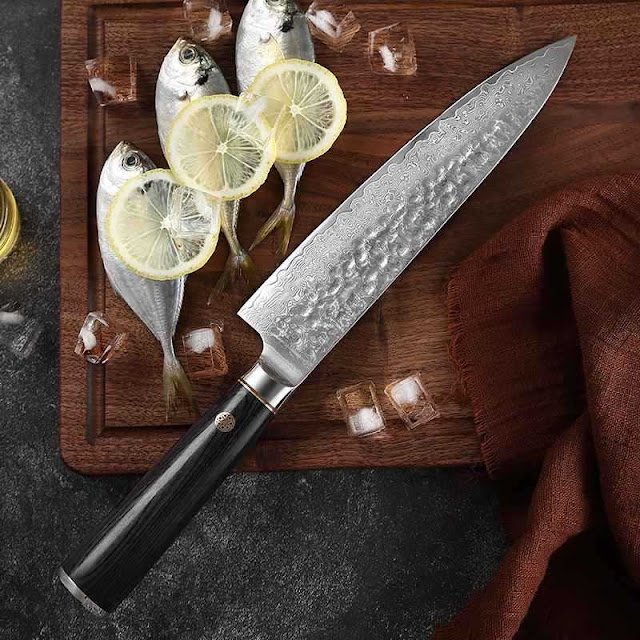Unveiling the Art of Precision: The Filleting Knife in Culinary Mastery
In the realm of culinary finesse, having the right tools at your disposal can be a defining factor in achieving precision and culinary mastery. Among these tools, the filleting knife stands as an emblem of skill and accuracy. Whether you're a seasoned chef or an aspiring home cook, delving into the world of filleting knives can enhance your culinary creations. In this article, we will explore the ins and outs of filleting knives, delving into their features, applications, maintenance needs, and how they contribute to achieving the perfect fillet.
1. Anatomy of a Filleting Knife: Designed for Precision:
The filleting knife boasts a distinctive design, characterized by its long, slender blade sharpened to a keen edge. This blade effortlessly glides through fish, meat, and poultry, ensuring clean cuts with minimal wastage – a key attribute in the art of filleting.
2. Mastering the Craft: Versatility in Use:
The filleting knife's prowess extends to a diverse range of culinary tasks:
Fish Filleting: A dedicated fish filleting knife excels in skinning and deboning while preserving the delicate flesh.
Meat Artistry: Precision in deboning meat is a hallmark feature of the filleting knife's finesse.
Delicate Ingredients: From the precision of fruit peeling to creating intricate meat cuts, the filleting knife's versatility knows no bounds.
3. Techniques for Mastery: Elevating Filleting Knife Skills:
Achieving expertise with a filleting knife requires a blend of technique and practice:
Grip Mastery: Employ a pinch grip for optimal control and precision during your cuts.
Angle Consistency: Maintain a uniform angle as you make deliberate cuts, ensuring uniformity in your slices.
Fluid Motion: Let the blade's sharpness guide you as you glide smoothly through the ingredient.
4. Sustaining Excellence: Care and Upkeep:
Caring for your filleting knife is paramount to its longevity and performance:
Gentle Cleansing: After use, hand wash the knife with mild soap and warm water to prevent corrosion.
Thorough Drying: Ensure the knife is thoroughly dried to prevent moisture-related damage.
Safe Storage: Opt for a knife block or magnetic strip to securely store the knife, safeguarding both the blade and your fingers.
5. Quality Matters: Selecting the Perfect Filleting Knife:
Investing in a high-quality filleting knife is pivotal to precision and durability. Look for knives crafted from high-carbon stainless steel for resilience and a comfortable handle that offers a confident grip.
Conclusion:
Beyond being a kitchen tool, the filleting knife embodies the essence of precision and culinary craftsmanship. Whether you're delicately handling fish or meticulously preparing meat cuts, the filleting knife's design and your skillful application combine to create culinary artistry. By comprehending its design, refining your technique, and nurturing its maintenance, you unlock the filleting knife's true potential, turning your culinary endeavors into an exquisite symphony of taste and presentation.




Comments
Post a Comment